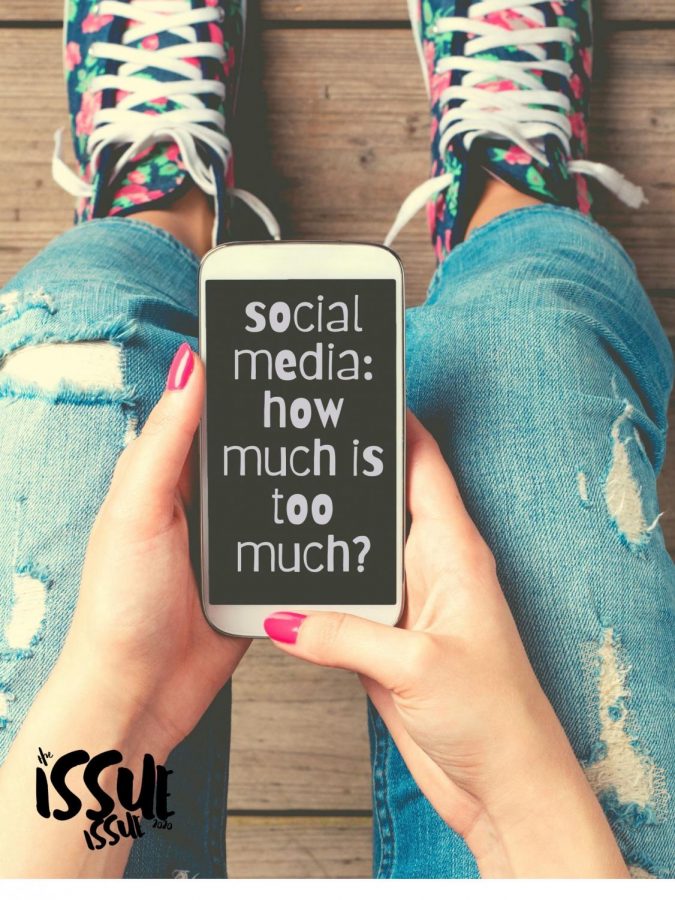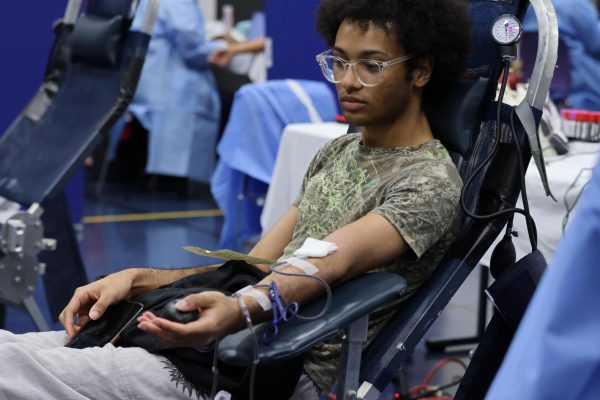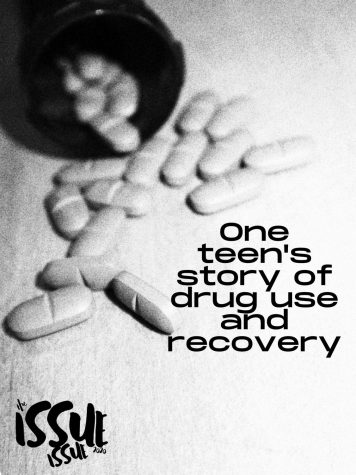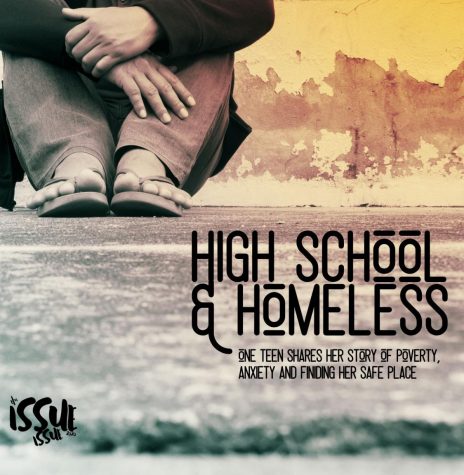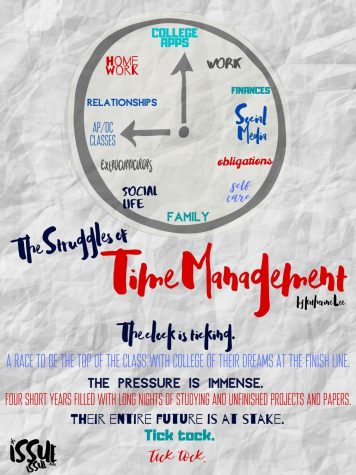Addiction to technology linked to dopamine release
‘Life is too short to live through a screen’
photo or infographic by Ali McNew
Social media sites such as Instagram and Snapchat have become part of everyday lives for many teens.
Tik Tok, Minecraft, Instagram, Snapchat. Modern day teens divide their attention between so many different technological platforms that it becomes hard to keep them all straight. Since the invention of the smartphone, things have been as easy as ever. People can access information about anything and everything with one tap of their finger, which is amazing, but with this new technology came an exciting, yet dangerous, form of communication: social media.
Social media sites such as Instagram and Snapchat have become part of everyday lives for many teens. These sites provide a way for people to communicate with each other in easier ways than a phone call or text message. On average, teens spend eight to nine hours a day in front of a screen, whether that be a laptop, television or phone.
“I don’t spend my whole day on my phone, but if I have downtime, I usually go on it,” senior Kailee Tedder said. “I don’t think I am obsessed, but I do think my phone and social media are a big part of my life.”
Schools all across the world have begun to implement policies against cell phone use in the classroom. At Willis, the district leaves it up to the teachers to decide how to deal with teens and their technology.
“I have students put their phones face down on the desk,” geography teacher Coach Carey said. “I think phones are a distraction in the classroom when they are more interesting or valuable than the learning that is being delivered by the teacher. Teachers are tasked with making their learning environment the most interesting and valuable thing a student can experience in a 50 minute session. It is daunting, but I believe it is possible.”
It is not just social media that distracts teens in everyday life. Video games are also a major contributor when it comes to screen time hours. Unlike social media, video games are not solely used for communication, although players can talk to each other in many games.
“Video games are entertaining and most of the time, when I have nothing to do, I play them to pass time,” freshman Brody McNew said. “It’s the same reason that people would watch a movie, for entertainment.”
Virtually every teen has social media or spends time on a screen through whatever means, but there are some people who are actually addicted to these outlets. According to addictioncenter.com, five to ten percent of Americans have a behavioral addiction to technology. Some inverse effects of this dependency are mood modifications dependent on the environment, becoming antisocial around people, defensive when accused of the addiction, and in serious cases, withdrawal symptoms when away from their phones or computers for too long.
The reason that people can get addicted so easily is because of one chemical: dopamine. Yes, this is the same chemical that is released when a person does drugs. Anytime somebody gets a new like or follow, their brain sends a signal to release dopamine, which helps a person feel happiness or excitement. This chemical, also found in cocaine, makes the person affected feel a high, which can become addicting if exposed to it for too long.
“It honestly makes me feel like I am becoming more popular even though one follower or like doesn’t define how popular or how much value I have,” sophomore Izzy Gonzalez said. “The likes especially make me feel more popular because I know personally sometimes I worry so much about if I hit a certain amount of likes, and if I don’t, sometimes I will even delete it.”
Although there are many ways that technology can make a person feel good, it can also be the destroying factor. Lots of teens begin to compare themselves to others when there is a constant output of pretty pictures and funny tweets. Because of the social standards set for social media, many teens feel pressured to post certain things or act a certain way on social media for fear of what others say.
“Before my account got deleted, I had 67.8 thousand followers,” sophomore Roxanna Carmack said. “It was nice but I did feel pressured to post good content. All of my followers had followed me because of my tour [Lights Out Tour] content, and when I posted something that wasn’t about tour, it wouldn’t get a lot of likes and sometimes people would unfollow me.”
As if teens weren’t already under enough pressure with school and work, when you add social media to the picture, it is clear that teens are loaded with too many problems to count. The easy solution would be to cut out screen time altogether, however that is not a realistic task. Instead, teens should try to limit their screen time and find ways to disconnect.
“I think it’s important to take some time off of social media because it can get pretty toxic at times,” senior Will Nye said. “It’s also not good to be constantly comparing yourself to others. Everyone should be happy with who they are, no matter what other people are saying or doing.”
Technology has done so many great things that it is hard to say anything negative about it, but the reality is that technological addiction is becoming a growing issue among modern day youth. Teenagers get addicted to the high of a retweet and it becomes harder and harder to separate the line between a healthy amount of screen time and too much. Always remember to limit the time spent on technology and take time to care for yourself and live in the moment.
“I always just think why look at someone doing something cool from a small screen when you can go and do it right now,” senior Juan Lujan said. “Life is too short to live through a screen.”
Your donation will support the student journalists of Willis High School. Your contribution will allow us to purchase equipment and cover our annual website hosting costs.

Ali is a senior at Willis High School. She plays for the girls varsity basketball team and is an officer for National Honor Society. After high school,...


